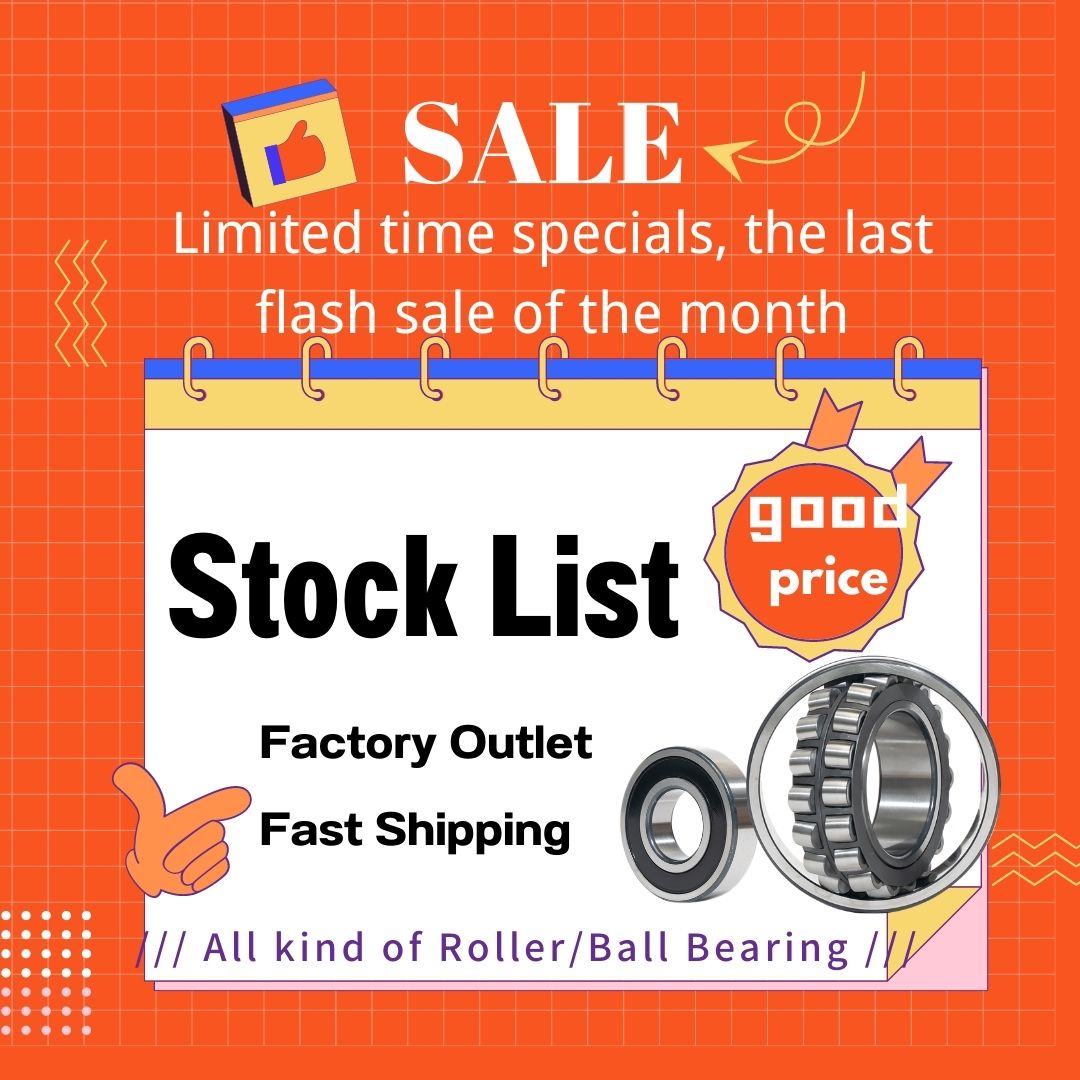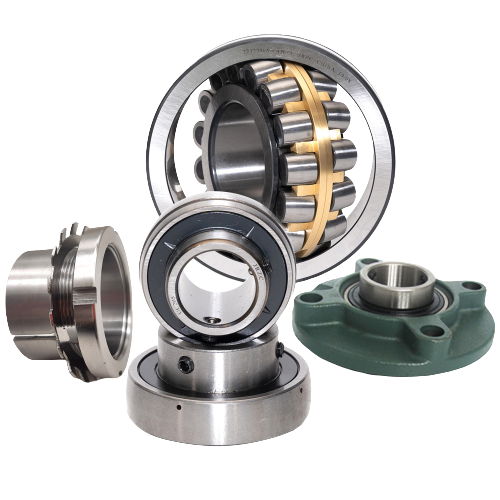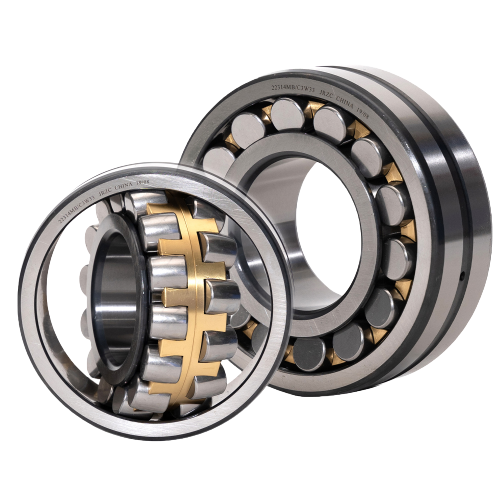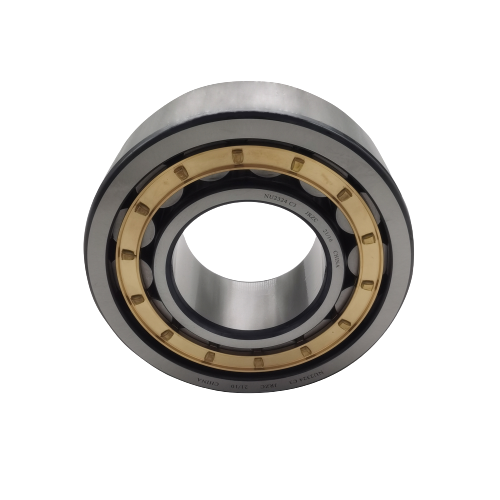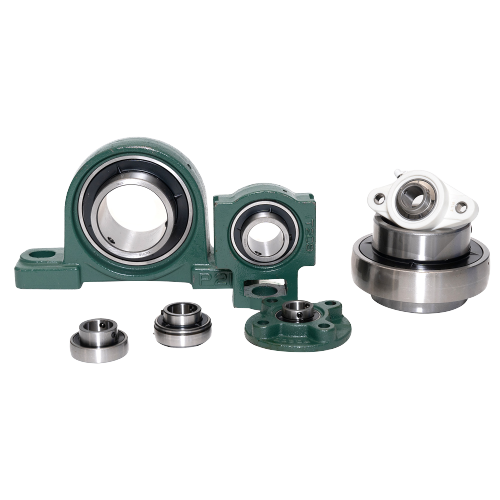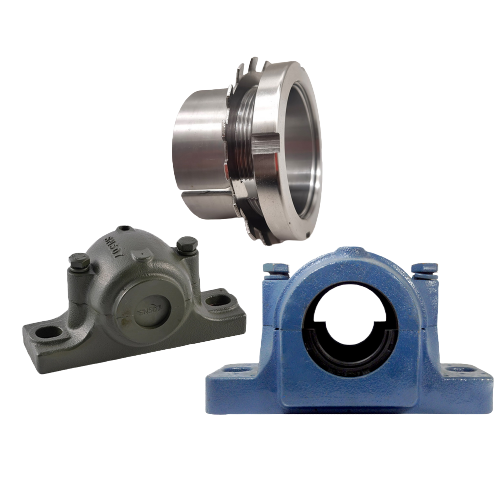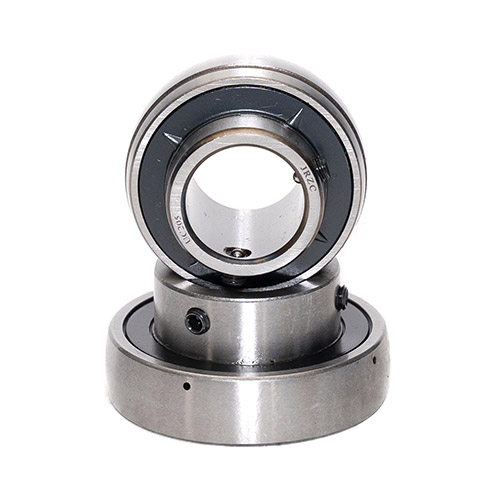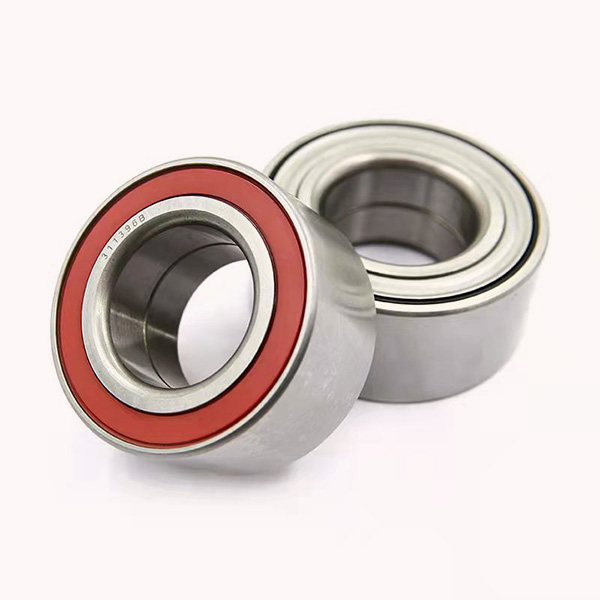What is spherical roller bearing
Spherical roller bearings have self-aligning capabilities, strong load-bearing capacity, high-temperature resistance, and corrosion resistance, so they are commonly used in various medium and large machinery. This article will describe the production process of spherical roller bearings, how to classify spherical roller bearings, commonly used models, what needs to be paid attention to when purchasing and installing this bearing, and what equipment is used.
1. Characteristics of spherical roller bearings
Spherical roller bearings are a special type of rolling bearings with the following characteristics:
(1) Self-aligning ability
It can adapt to shaft deviation and bearing seat deviation under different working conditions, thereby maintaining the normal operation of the bearing.
(2) Strong load-bearing capacity
JRZC uses a thickened cage and selects high-quality bearing steel or brass cages to enable it to withstand large radial and axial loads.
(3) Suitable for high-speed operation
JRZC uses ultra-fine grinding of the inner ring and rollers, which can increase the speed of the bearing and maintain relatively low friction and temperature rise.
(4) Strong adaptability
Often used in heavy machinery, metallurgy, mining, papermaking, and other fields.
(5) Easy to install and maintain
(6) High-temperature resistance and corrosion resistance
Some spherical roller bearings use special materials and lubrication methods to make them have certain high-temperature resistance and corrosion resistance. For example, use stainless steel or ceramic materials, and choose high-temperature and corrosion-resistant grease.
2. The production of spherical roller bearings involves multiple production processes
(1) Forged or cast
(2) Turning and grinding
To improve the quality of the bearings, JRZC will perform three grinding processes to improve the smoothness of the surface of the accessories.
(3) Heat treatment
Spherical roller bearings usually need to undergo a heat treatment process, such as quenching or annealing, to improve the mechanical properties and hardness of the metal and increase the wear resistance and strength of the bearing.
(4) Roller Manufacturing
(5) Assemble
(6) Lubrication and sealing
(7) Quality testing
Including dimensional testing, hardness testing, friction testing, etc. to ensure that the bearings meet design and standard requirements.
(8) Packaging
The finished spherical roller bearings are packaged for transportation and storage. JRZC chooses to use vacuum packaging, which is more convenient for storage.
3. Conventional models
213 Series: 213 Series spherical roller bearings are typically used in medium load and medium speed applications, such as 21309E1TVPB.
222 series: 222 series spherical roller bearings are suitable for higher speed and heavier load conditions, with higher load-bearing capacity, such as 22218E, and 22211EAE4.
223 Series: 223 series spherical roller bearings are suitable for high speeds, high loads, and harsh working conditions, and are commonly used in heavy machinery and industrial applications, such as 22315B.
230 Series: 230 Series spherical roller bearings are suitable for higher speed and heavier load applications and are widely used in metallurgy, mining, and other heavy industrial fields.
231 Series: 231 series spherical roller bearings are suitable for heavier loads and higher speeds, and are often used in vibrating machinery and vibrating screening equipment, such as 23122EMW3.
240 Series: The 240 Series spherical roller bearings are suitable for ultra-heavy loads and low-speed conditions and are commonly found in the metallurgical and mining industries.
241 Series: The 241 Series spherical roller bearings are suitable for ultra-heavy load and medium-speed applications and are widely used in vibrating screening equipment and vibrating machinery.
These are just some common spherical roller-bearing series. When choosing the appropriate model, you need to consider factors such as working conditions, load, speed, etc., and select the appropriate bearing model according to actual needs.
4. The key factors of spherical roller bearings
(1) Load type and size.
(2) Working environment and conditions.
Such as high temperature, low temperature, high speed, vibration, etc., select bearings with corresponding performance.
(3) Axis deviation and seat deviation.
(4) Dimensions and adapters.
Make sure the size of the bearing matches the size of the shaft and seat in the equipment.
(5) Speed and lubrication.
(6) Sealing and dust-proof performance.
According to the requirements of the working environment, select an appropriate bearing sealing structure to prevent dust, moisture, and impurities from entering the inside of the bearing.
(7) Brand and quality certification.
Choose products from well-known bearing manufacturers and ensure that the bearings meet relevant quality certification standards to ensure product reliability and durability.
(8) Price and cost performance.
Comprehensive consideration of price and performance, select the bearing that best suits your budget and application needs.
(9) After-sales service.
Choose a supplier that provides good after-sales service so that you can get support and solve problems during use.
5. Installing spherical roller bearings
(1) Preparation of shaft and seat;
(2) Before installation, check whether the bearing meets quality standards and ensure there is no damage or foreign matter. Lubricate if necessary;
(3) Positioning of bearings;
(4) Direction of assembly force;
(5) Avoid direct knocks;
(6) Use mounting sleeve;
(7) Avoid excessive squeezing;
(8) Bearing positioning holes;
(9) Lubrication;
(10) Directional markings of bearings;
(11) Regular inspections;
(12) Use appropriate tools to assist with installation and ensure the bearing is in the correct position.
6. Spherical roller bearings are widely used in various industrial machinery and equipment
(1) Construction machinery
Excavators, loaders, bulldozers, cranes
(2) Metallurgical equipment
Rolling mill, continuous casting machine, hot rolling mill
(3) Mining Equipment
Ore crusher, grinding machine, conveyor belt system
(4) Papermaking equipment
Paper cutter, paper machine, printing press
(5) Wind power equipment
Wind turbines, wind turbines
(6) Steel manufacturing equipment
Furnaces, continuous casting machines
(7) Electric power industry equipment
Generators, turbine generators
(8) Chemical Equipment
Pumps, mixers
(9) Automobile production equipment
Body welding robot, production line conveying system
(10) Medical equipment
Medical scanning equipment, X-ray machines
(11) Drilling equipment
Drilling platform, drilling rig
These machines and equipment often use spherical roller bearings in their critical components to support and withstand various loads, including radial and axial loads. Because spherical roller bearings have good load-carrying capacity and self-aligning capabilities, they are widely used in applications that need to bear larger loads and accommodate shaft deviations.



